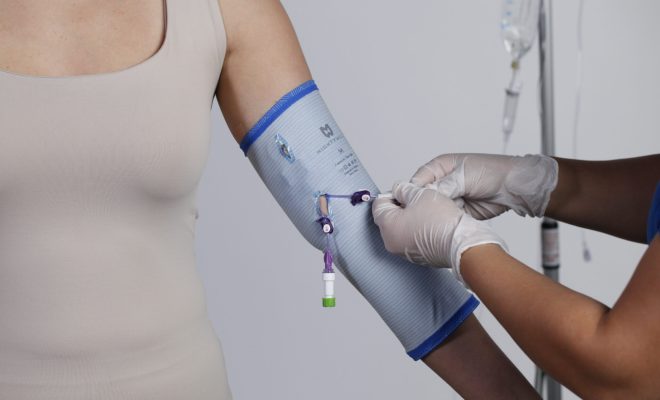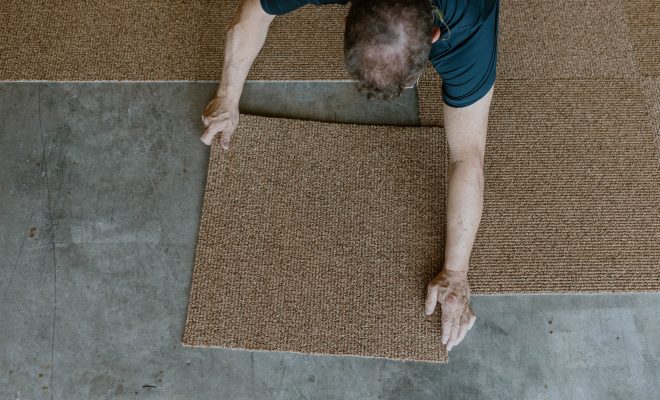How to Care for a PICC Line

A peripherally inserted central catheter, or PICC line, is a thin, flexible tube that’s inserted into a vein in your arm and passed through to the larger veins near your heart. This type of catheter is commonly used for patients who require long-term intravenous (IV) treatments, like antibiotics, chemotherapy, or total parenteral nutrition. Proper care for your PICC line is essential to avoid complications and ensure your treatment goes smoothly. In this article, you will find useful tips on maintaining the health and functionality of your PICC line.
1. Keep the dressing clean and dry
The dressing around your PICC line helps protect the insertion site from bacteria and other harmful agents. It is crucial to keep this area clean and dry at all times. Do not get the dressing wet, and avoid exposing it to sources of moisture like sweat or water from showers. If the dressing becomes soiled or starts coming off, contact your healthcare provider immediately for further instructions.
2. Lookout for signs of infection
Infections can occur if bacteria or other harmful agents enter your body through the PICC line or the surrounding skin. Always observe the insertion site for signs of infection like redness, swelling, tenderness, pus discharge, or fever (temperature above 100.4°F or 38°C). Report any of these symptoms immediately to your healthcare provider.
3. Inspect the PICC line regularly
Check your PICC line daily for any signs of damage or dislodgement. Look out for kinks, leakage, changes in length (which may indicate slipping or migration), or unexplained discomfort. Ensure that any clamps are securely closed and that all connections are tight. Notify your healthcare provider if you notice anything unusual.
4. Maintain proper hygiene
Wash your hands with soap and water before touching your PICC line or changing the dressing. If you have been advised to perform specific cleaning rituals or use a specific cleaning solution by your healthcare provider, make sure to follow their recommendations diligently.
5. Avoid strenuous activities
Engaging in activities that involve excessive movement of the arm where the PICC line is inserted can increase the risk of complications. Refrain from heavy lifting, intense exercise, or any activity that requires vigorous arm movement. Consult your healthcare provider for guidelines about physical activities depending on your specific treatment and medical condition.
6. Educate caregivers and family members
Ensure that those who care for you know about your PICC line and its care requirements. They can help monitor your condition and provide support during dressing changes, injections, or other necessary procedures.
7. Communicate with your healthcare provider
Stay in touch with your healthcare team and update them about any concerns or issues related to PICC line care. Attend regular appointments and comply with their instructions and recommendations regarding the maintenance of your catheter.
In conclusion, caring for a PICC line involves diligence, personal hygiene, and frequent communication with your healthcare provider. By adhering to these tips and guidelines, you can minimize the risk of complications and ensure that your treatment is safe and effective.






